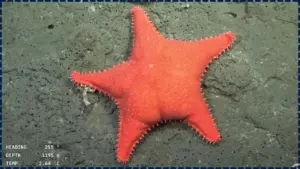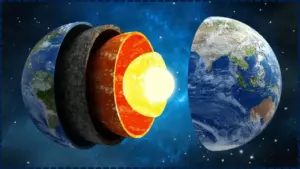Can DNA Store the Internet?: The idea that DNA can store the entire internet might sound like science fiction, but it’s rapidly becoming a real possibility. As the world produces exabytes of digital data every day, scientists are turning to nature’s most efficient data storage medium—DNA—for a revolutionary solution.
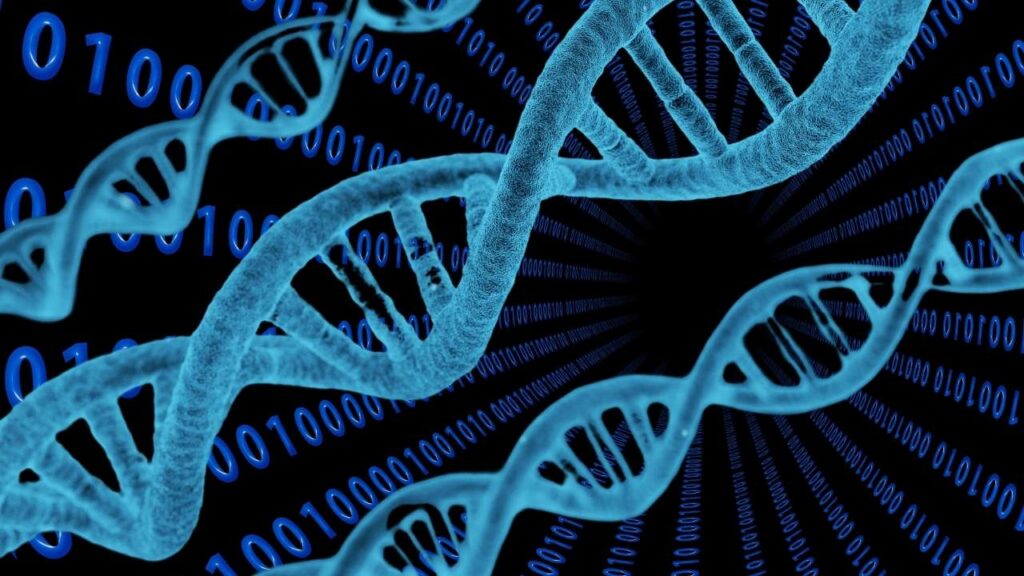
With the ever-increasing need for long-term, sustainable, and high-density data storage, researchers are exploring molecular data storage technologies to help future-proof our digital archives. In this article, we’ll walk you through how DNA data storage works, why it’s so promising, what challenges it faces, and what it could mean for the future of the internet.
Table of Contents
Can DNA Store the Internet?
| Feature | Details |
|---|---|
| Main Concept | Storing digital data using the molecular structure of DNA |
| Data Density | Up to 455 exabytes per gram of DNA |
| Durability | Can last thousands of years under proper conditions |
| Major Milestone | Microsoft and the University of Washington stored a music video in DNA |
| Commercial Efforts | Companies like Catalog and Twist Bioscience are leading efforts |
| Use Case | Long-term archival storage, not real-time access |
| Official Resources | NIH.gov, Nature.com |
DNA data storage offers an exciting and practical future for preserving the digital universe. With unmatched density, durability, and a small environmental footprint, DNA could revolutionize data storage. While challenges remain, ongoing advances are rapidly bringing this technology into mainstream use, potentially enabling us to store the entire internet in a vial one day.
A Brief History of Data Storage
From punch cards and magnetic tapes to modern hard drives and cloud storage, data storage has continually evolved to accommodate the explosive growth in digital information. Despite advances, traditional storage devices have limitations in density, longevity, and environmental impact.
Enter DNA: a storage medium perfected over billions of years, capable of holding massive amounts of information in a microscopic space. DNA data storage represents a new frontier—merging biology with information technology.
What Is DNA Data Storage?
DNA data storage is the process of converting digital information—like documents, images, videos, or even entire websites—into the four-letter code of DNA: A (adenine), T (thymine), C (cytosine), and G (guanine).
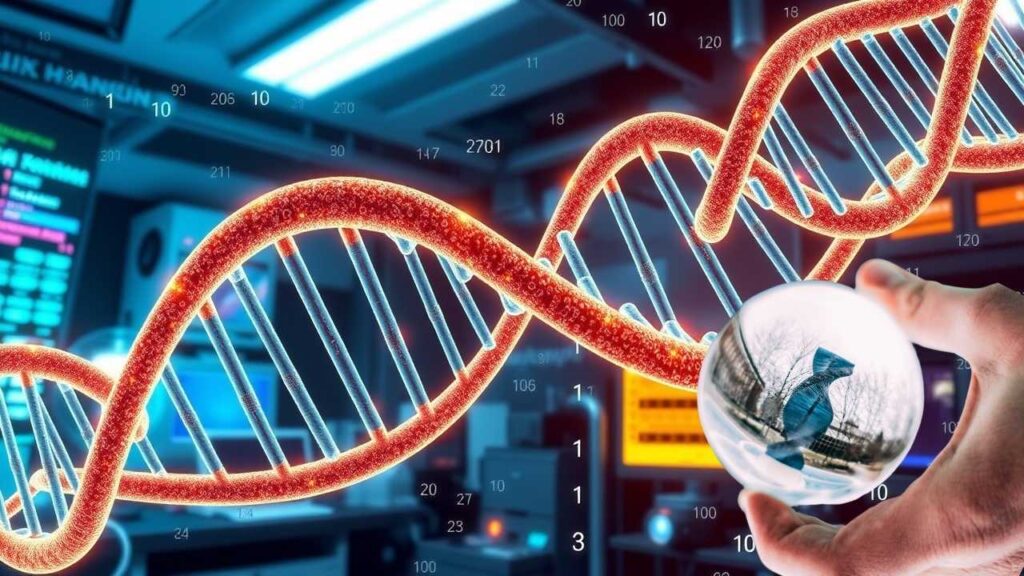
Think of it like this: Just as computers use binary (0s and 1s) to store data, DNA uses combinations of its four bases to store biological instructions. By mapping binary data to these letters, scientists can synthesize DNA strands that encode digital information.
Why Use DNA for Data Storage?
Nature’s Hard Drive
DNA is the original storage device, perfected by evolution over billions of years. Every living organism uses it to store and replicate complex biological information. So why not use it to store our selfies, emails, or favorite songs?
Ultra-High Density
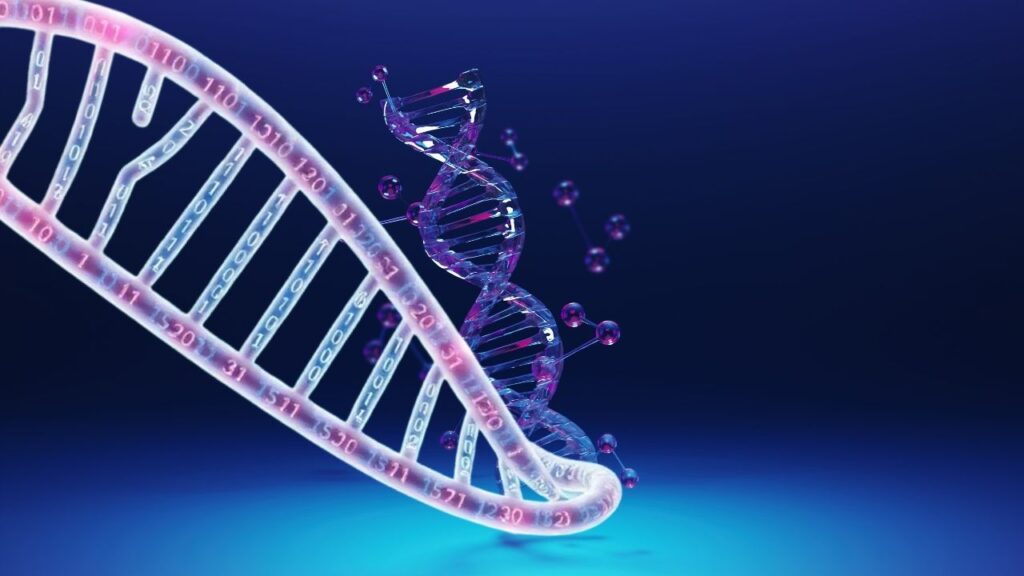
One gram of DNA can theoretically store 455 exabytes of data. That’s 455 billion gigabytes, or roughly half the digital data produced worldwide each year.
Long-Term Durability
DNA doesn’t need power, Wi-Fi, or servers to survive. If kept in cool, dry conditions, it can preserve data for thousands of years—far longer than today’s hard drives or cloud servers.
Environmental Benefits
Data centers consume huge amounts of electricity and cooling resources. DNA storage, requiring no continuous energy to maintain, could reduce the carbon footprint of data storage dramatically.
How DNA Data Storage Works
Let’s break this process into four easy-to-understand steps:
1. Encoding
Digital data (like text or video) is first translated into binary code. Then, that binary is mapped to combinations of A, T, C, and G using an encoding algorithm. For example:
- 00 = A
- 01 = C
- 10 = G
- 11 = T
Advanced encoding schemes incorporate error correction codes to prevent data loss.
2. DNA Synthesis
This sequence is chemically synthesized into actual DNA strands in a lab. The process is similar to gene synthesis used in biotechnology.
3. Storage
These strands can be dried and stored in vials or embedded in stable materials like silica beads. Unlike traditional hardware, they need no electricity or physical maintenance.
4. Retrieval and Decoding
To retrieve the data, scientists use DNA sequencing to read the DNA base sequence. This sequence is then decoded back into binary, reconstructing the original file.
Real-World Examples of DNA Data Storage
Microsoft & University of Washington
In 2016, researchers encoded a music video, Universal Declaration of Human Rights, and 100 literary works into DNA, then successfully retrieved the data.
Catalog’s DNA Library
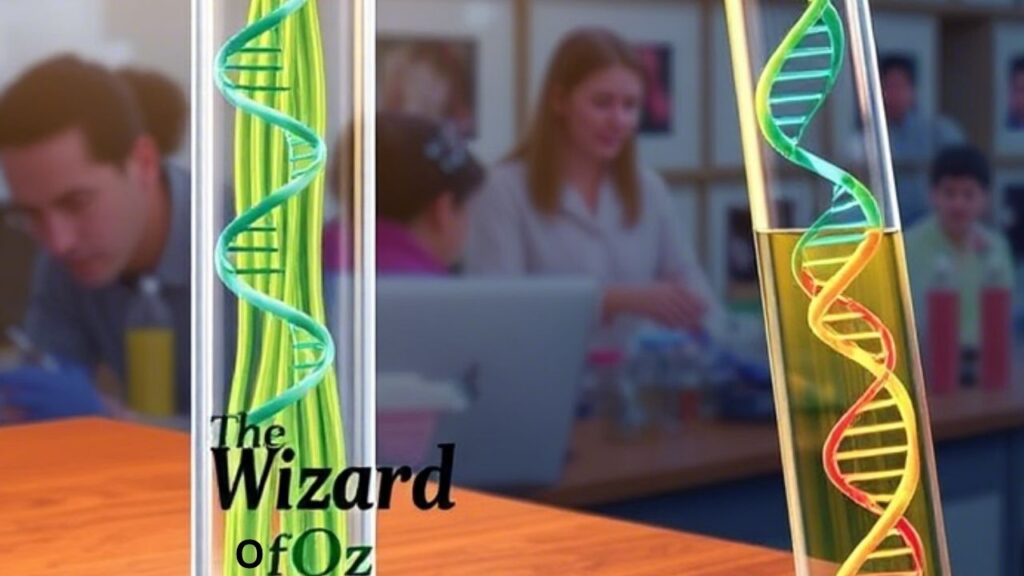
Catalog encoded the full text of The Wizard of Oz into DNA using a novel assembly method that reduces costs and increases scalability.
Twist Bioscience
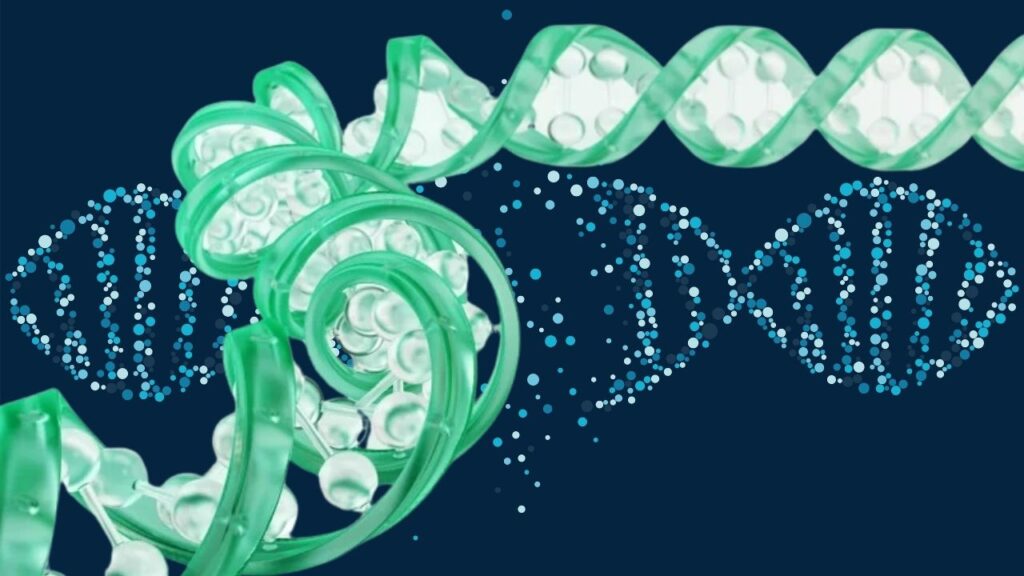
Twist Bioscience is developing commercial DNA storage products, partnering with technology firms for archival data solutions.
Current Challenges and Limitations
High Costs
DNA synthesis and sequencing remain expensive, costing around $1,000 per megabyte as of 2025. However, costs are dropping due to advances in biotechnology.
Slow Read/Write Speeds
DNA storage is not suited for real-time access but rather for cold archival storage where speed is less critical.
Error Rates
DNA synthesis and sequencing introduce errors; robust error correction is essential to maintain data integrity.
Ethical and Security Concerns
As DNA storage intersects with biology, questions arise about privacy, data security, and ethical use—especially if data is embedded in living organisms.
Industry Outlook and Cost Predictions
Experts predict that within the next decade, costs will decrease significantly as technology matures. Several startups and tech giants are investing heavily in research, aiming to commercialize DNA storage for enterprises needing long-term archival solutions.
Practical Applications and Future Potential
Archival Storage
DNA is ideal for government archives, scientific datasets, and cultural heritage preservation.
Space Missions
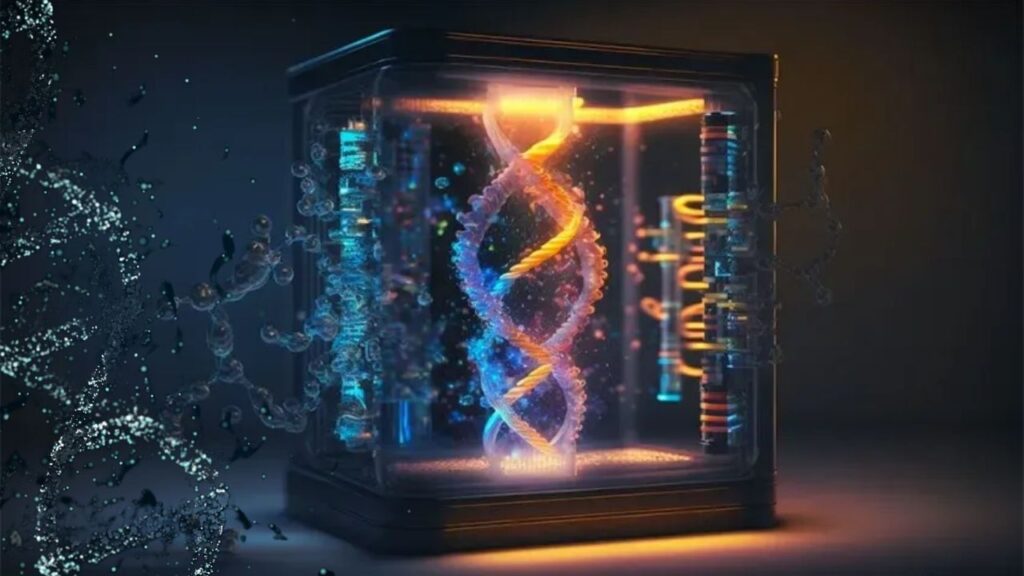
Its durability makes DNA storage perfect for deep space missions where electronic devices may fail.
Biological Integration
Future possibilities include embedding data within living cells for innovative biotech applications.
Glossary of Key Terms
- DNA Sequencing: Reading the order of bases in DNA strands.
- DNA Synthesis: Chemical creation of custom DNA sequences.
- Exabyte: One billion gigabytes.
- Cold Storage: Data storage with infrequent access.
- Error Correction: Techniques to detect and fix errors in stored data.
Scientists Develop Self-Healing Materials for Electronics and Wearable Devices
The Rise of Electrochromic Glass: Smart Windows That Save Energy and Adapt to Light
AI Meets Materials Science: How Machine Learning Is Accelerating Scientific Discovery
FAQs About Can DNA Store the Internet?
Can DNA really store the entire internet?
Yes, theoretically, the entire internet (estimated at 79 zettabytes) could fit in less than 20 kilograms of DNA.
Is DNA storage safe?
Yes. The DNA used is synthetic, non-living, and poses no biological risk.
Can I store my personal data in DNA?
Not yet at an affordable price, but commercial availability is expected in 5 to 10 years.
How long can data last in DNA?
When stored properly, DNA can preserve data for tens of thousands of years.
Will DNA replace hard drives?
Not soon. It’s best suited as a complementary archival technology.
















